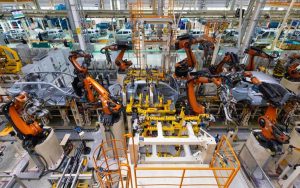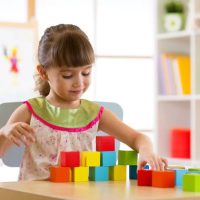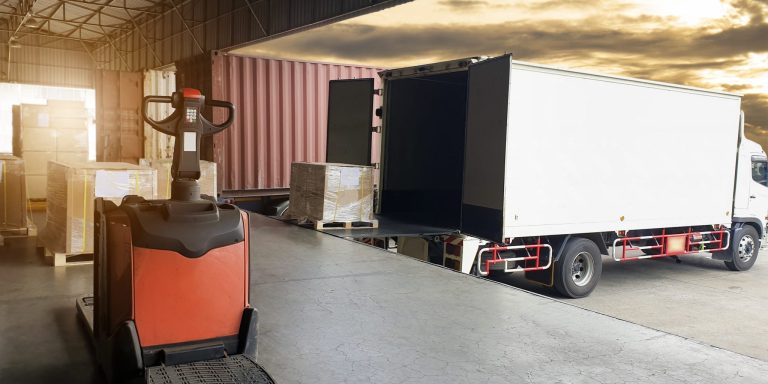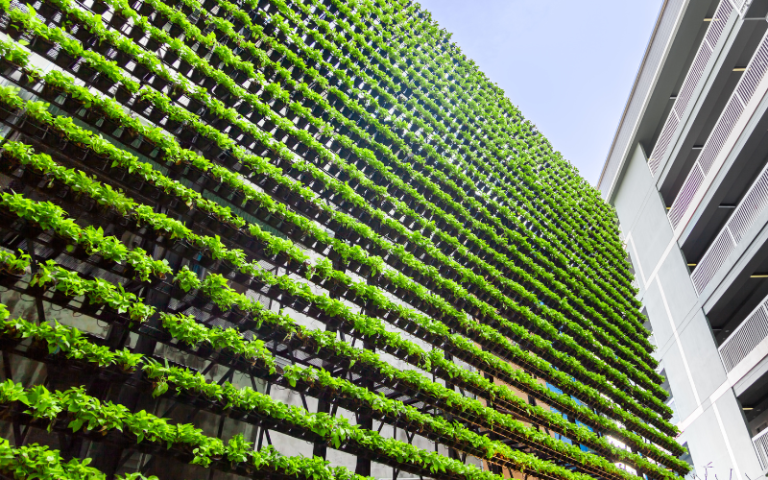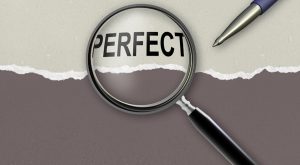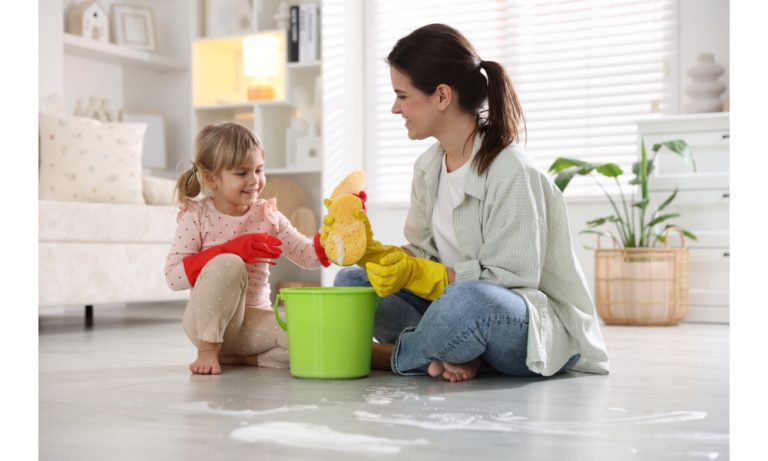Big building blocks, such as those found in wholesale wooden toy sets, offer a range of developmental benefits for young children. These toys not only provide hours of entertainment but also promote cognitive, physical, and social development. This guide explores the specific benefits of big building blocks and why they are an excellent choice for early childhood development.
Cognitive Development
- Spatial Awareness: Playing with big building blocks helps children develop spatial awareness as they learn to manipulate and arrange the blocks in different ways to build structures.
- Problem-Solving Skills: Building with big blocks encourages children to use their problem-solving skills as they figure out how to balance and stack the blocks to create stable structures.
- Creativity and Imagination: Big building blocks allow children to use their creativity and imagination to build whatever they can imagine, whether it’s a tall tower or a pretend castle.
Physical Development
- Fine Motor Skills: Handling and stacking big building blocks helps children develop their fine motor skills as they use their fingers and hands to grasp and manipulate the blocks.
- Gross Motor Skills: Moving and arranging the blocks also promotes gross motor skills as children use their arms and legs to reach, bend, and stretch while building.
- Hand-Eye Coordination: Building with big blocks helps improve hand-eye coordination as children learn to place the blocks in specific positions to build their structures.
Social Development
- Cooperation and Sharing: Playing with big building blocks encourages cooperation and sharing as children work together to build structures and share the blocks.
- Communication Skills: Building with blocks provides opportunities for children to communicate and express their ideas as they work together to build.
- Socialization: Playing with big blocks in a group setting helps children socialize and interact with their peers, learning important social skills such as taking turns and sharing.
Educational Benefits
- Math Skills: Building with big blocks can help children develop basic math skills as they learn about concepts such as counting, sorting, and spatial relationships.
- Language Skills: Playing with big blocks provides opportunities for children to learn new vocabulary words related to building and construction.
- STEM Learning: Big building blocks can introduce children to basic concepts of science, technology, engineering, and math (STEM) as they explore how different block arrangements affect stability and balance.
Conclusion
In conclusion, big building blocks, especially those found in wholesale wooden toys, offer a wide range of developmental benefits for young children, including cognitive, physical, and social development. By providing children with opportunities to play and build with these blocks, parents and educators can help support their overall development and prepare them for future learning success. Whether used for solo play or in a group setting, big building blocks are a valuable educational tool that can inspire creativity, promote problem-solving skills, and encourage social interaction.
Faqs
- What age range are big building blocks suitable for?
- Big building blocks are typically suitable for children aged 1 to 5 years old. However, the specific age range can vary depending on the size and complexity of the blocks.
- Are big building blocks safe for young children?
- Yes, big building blocks are generally safe for young children. However, it’s important to supervise young children while they play with blocks to prevent choking hazards and ensure safe play.
- Can big building blocks help children with special needs?
- Yes, big building blocks can be beneficial for children with special needs. The blocks can help improve motor skills, coordination, and cognitive development in children with a range of abilities.
- How can I encourage my child to play with big building blocks?
- Encourage your child to play with big building blocks by setting aside dedicated playtime, providing a variety of blocks in different shapes and sizes, and joining in the play to make it more engaging.
- Do big building blocks come in different materials?
- Yes, big building blocks are available in a variety of materials, including wood, plastic, and foam. Wooden blocks are often preferred for their durability and eco-friendly properties.
- Can big building blocks be used for educational purposes?
- Yes, big building blocks can be used for educational purposes. They can help teach children about shapes, colors, sizes, and basic math concepts such as counting and sorting.
- How can I incorporate big building blocks into my child’s learning routine?
- You can incorporate big building blocks into your child’s learning routine by creating games and activities that involve building, such as building towers and structures, sorting blocks by color or size, and counting blocks as you stack them.


